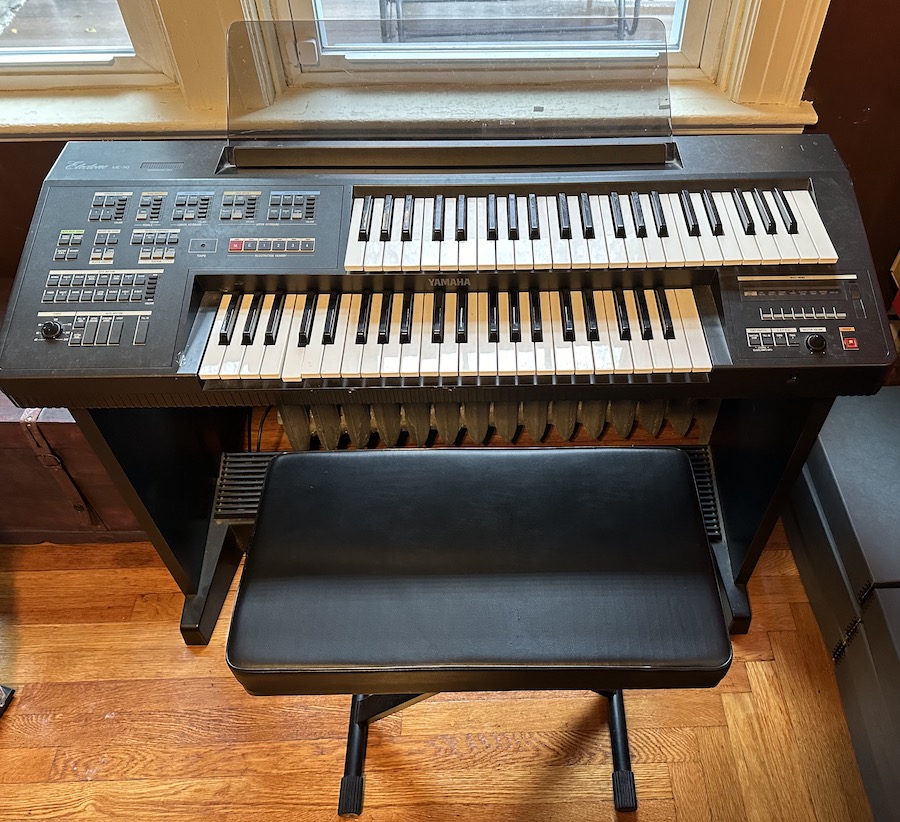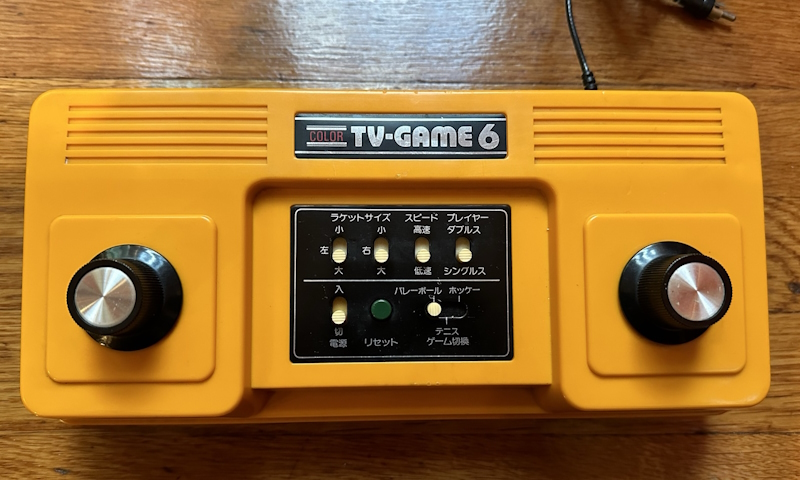-
Fixing my Yamaha Electone ME-50: An FM Synthesizer Home Organ from 1986
The home organ is, at least in my home of North America, a dead market, mostly because synthesizers can do pretty much anything the old beasts could. Nevertheless, because I am that kind of person, I have a 1986 Yamaha Electone ME-50, which I’m not very good at playing; I won’t subject you to that though. This old beast needs some maintenance, and we’ll do that.
-
Nicole's Atari 2600jr Feels the Heat
When I wrote a blog post on my Atari 2600jr, one mod I wanted to do was to replace the voltage regulator. Well, if you want to follow that saga, you’ve come to the right place. Let’s dig in.
-
The Bare Minimum Video Game: The Odyssey 100
The first video game? Debatable. The first video game console, though, is well-established: the 1972 Magnavox Odyssey, brainchild of Ralph Baer. However, the Magnavox Odyssey was expensive to make, so Magnavox turned to Texas Instruments to create a stripped down version of the Odyssey. A stripped down version of the first and most primitive console? Oh yes, now we’re really deep in it. PLUS: Composite mod on a black and white console! 3D printing! Video signal probing with an oscilloscope!
-
First is the Worst: Nintendo's Color TV Game 6 & 15
If you told Yamauchi Fusajiro that the little playing card business he had just started would one day sell video game consoles, he would have no idea what you were talking about. It was 1889, after all. But nevertheless, that’s exactly what happened, and today everyone knows the name Nintendo. But what you might not know? A particular pair of Pong clones from the spunky little Kyoto folks– their first consoles– are the worst Pong clones of the bunch. Why? And did they fix it?
-
What Does It Take To Play Truxton?
Many people believe video games, as a class, to be bad. But while goodness or badness is subjective, sometimes there is a video game that is good. Who determines objective goodness? I do. And this intro is not objectively good, so let’s it get it over with: behold, Toaplan’s masterpiece Truxton. An excellent space shooter from Toaplan and the brainchild of programmer-composer Masahiro Yuge; what does the hardware contribute? And does everyone agree with me that it’s good? Even random MSX developers?
-
How can Space Invaders Invade Your Space? The Epoch TV Vader!
Space Invaders is an epochal moment in video games. Arguably the first true megahit, it’s credited with starting the shoot ‘em up genre, making Japan obsessed with video games, popularizing the Atari 2600, and even making its way into Unicode: 👾. And an epochal moment deserves an Epoch of its own. Let’s go back into the well of single-game consoles.
-
Yes, You Can Use Lightguns on LCDs-- Sometimes
Old-school cathode ray tube TVs have become de rigeur in the retro scene as the true way to experience retro games “the way they were designed”. But there’s a lot of benefits to modern TVs; they’re lighter, usually bigger, and there are a lot of upscalers that give really good pictures. But then you give up peripherals like light guns, that are permanently tied to the television’s timing. Or are they?



